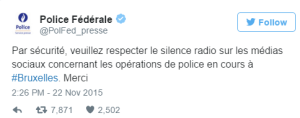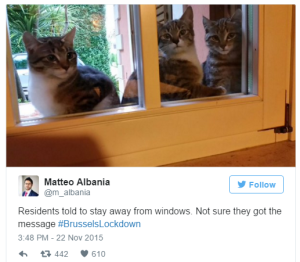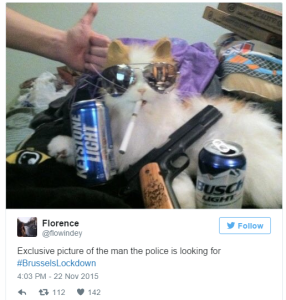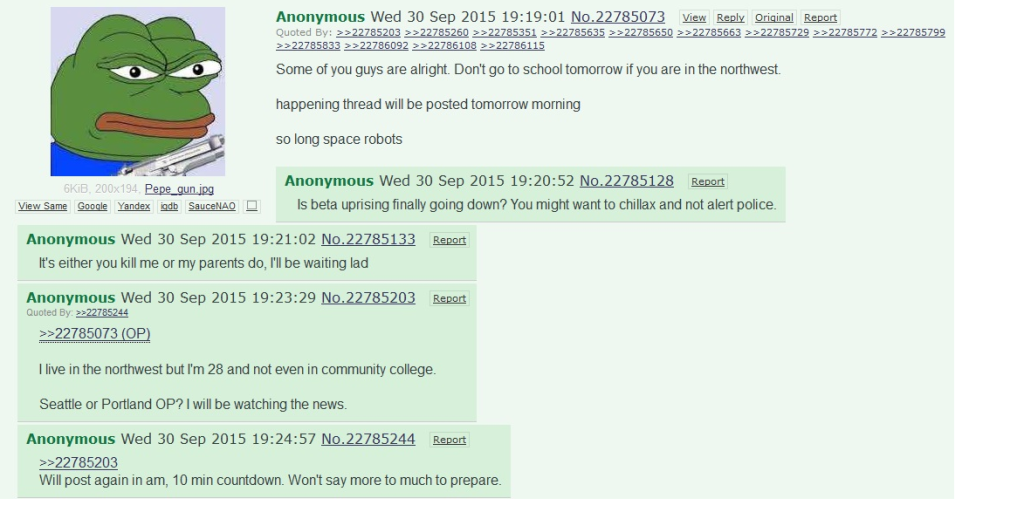Social media has become a powerful tool for law enforcement, especially with the addition of location based social media monitoring. It can be helpful in being alerted to potential situations, finding witnesses to a crime, and even monitoring for potential threats to the general public.
With the good, however, comes the not-so-good. Because people love to post on social sites, there are times that this can put police in harm’s way or create a breakdown in a situation. The most recent example of this occurred overseas – Brussels to be exact. With the city on lockdown due to potential threats, law enforcement has been diligently looking for clues that support the possibility of a threat, and prevent it before it happens.
Yesterday, news broke that some streets were being closed off and heavy police activity was noted. People were posting comments and images from their windows, hotel rooms, and on the street. Officials, knowing that this was of course happening, tried to stop it so that those who may be involved in activities that pose a threat to the city are not tipped off. It sounded as though more police raids were in progress, similar to what we’ve seen in Paris in the last week, and police did not want anything to tip off those they were searching for.
In what seemed like a futile effort, federal police posted the following on Twitter:
“For safety, please observe radio silence on social media about ongoing police operations #Bruxelles. Thank you.”
When I saw this, I wondered how it would work – would people respond to the request, realizing that it was in everyone’s best interest? Or would it go unnoticed?
What happened next was pretty cool.
Residents took to the hashtag #BrusselsLockdown with a renewed goal. Rather than discuss what was happening, they turned the hashtag around and had some fun with it. Within a short period of time, residents flocked to social media and posted pictures of cats instead of anything happening in Brussels:
Federal officials were pleased with the public’s response and appreciative of the radio silence that allowed them to carry out their operations as covertly as possible. To thank the public, the tweet below was posted to their site earlier today:
“For cats who helped us last night….Help yourself!”





